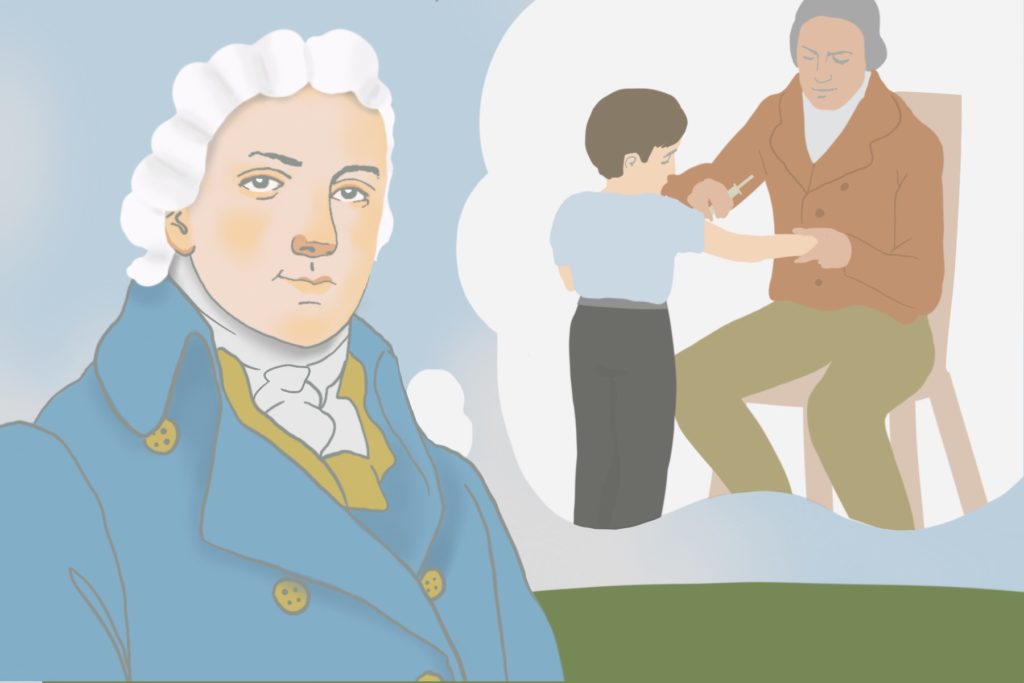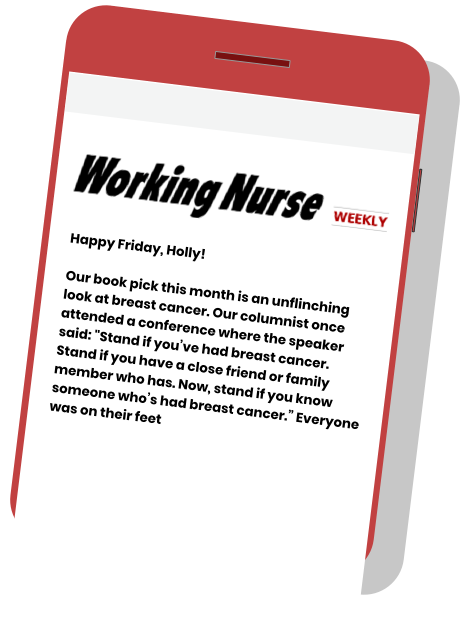Feature
Immunization, Then and Now
What lessons can history teach us about eradicating disease?

Inoculation — seeking to immunize against a deadly disease through deliberate exposure to a weaker pathogen — has been practiced for at least 400 years, but the world’s first vaccine was developed in the late 18th century, using cowpox to immunize against deadly smallpox.
Thanks to the crusading efforts of English physician Edward Jenner — who coined the term “vaccination” (from “vaccinia,” the Latin name of cowpox) and published the first scientific paper about the procedure in 1798 — vaccination was widely adopted throughout Europe, replacing older and more hazardous forms of inoculation such as variolation.
Sliding Backwards
Jenner’s work paved the way for the many other successful vaccines that followed. Cowpox vaccination was effective enough that the French emperor, Napoleon Bonaparte, ordered all of his troops to be vaccinated, even though France and England were then at war. Over the next two centuries, vaccines have made it possible to bring under control or even eliminate deadly and debilitating illnesses like polio.
So, how does this centuries-long history relate to our current situation? As everyone waits anxiously for their COVID-19 vaccine, it’s vital that we not lose too much ground on other important vaccinations. Unfortunately, there are signs that’s already happening.
Many immunizations were delayed earlier last year due to the pandemic, especially in the early months of March and April, when outpatient clinics and medical offices were only open for emergency care. Now, many facilities are back to a semblance of business as usual, but delayed immunizations remain delayed. This is especially disruptive of vaccinations that require multiple doses spaced out by weeks or months.
It is essential that children receive their required vaccinations and receive them on time. While the pandemic remains the No. 1 public health concern, it would be unconscionable if a child died of measles or another vaccine-preventable disease because of COVID-19. It’s no less important that adults, particularly vulnerable elders, stay up to date on crucial immunizations.
Hesitancy and Resistance
Pandemic-related delays may compound the growing global problem of vaccine hesitancy. The percentage of the population that will actually refuse all vaccinations for themselves and their children is relatively small — perhaps 2.5 to 4 percent — but misinformation about vaccines is widespread.
Although all current childhood vaccines have decades of solid medical evidence demonstrating their effectiveness against diseases, some recent studies suggest that as many as one in every five adults have misconceptions about vaccination. (The World Health Organization’s Global Vaccine Safety Initiative addresses and debunks some of the most common misconceptions, based on information originally developed by the CDC.)



